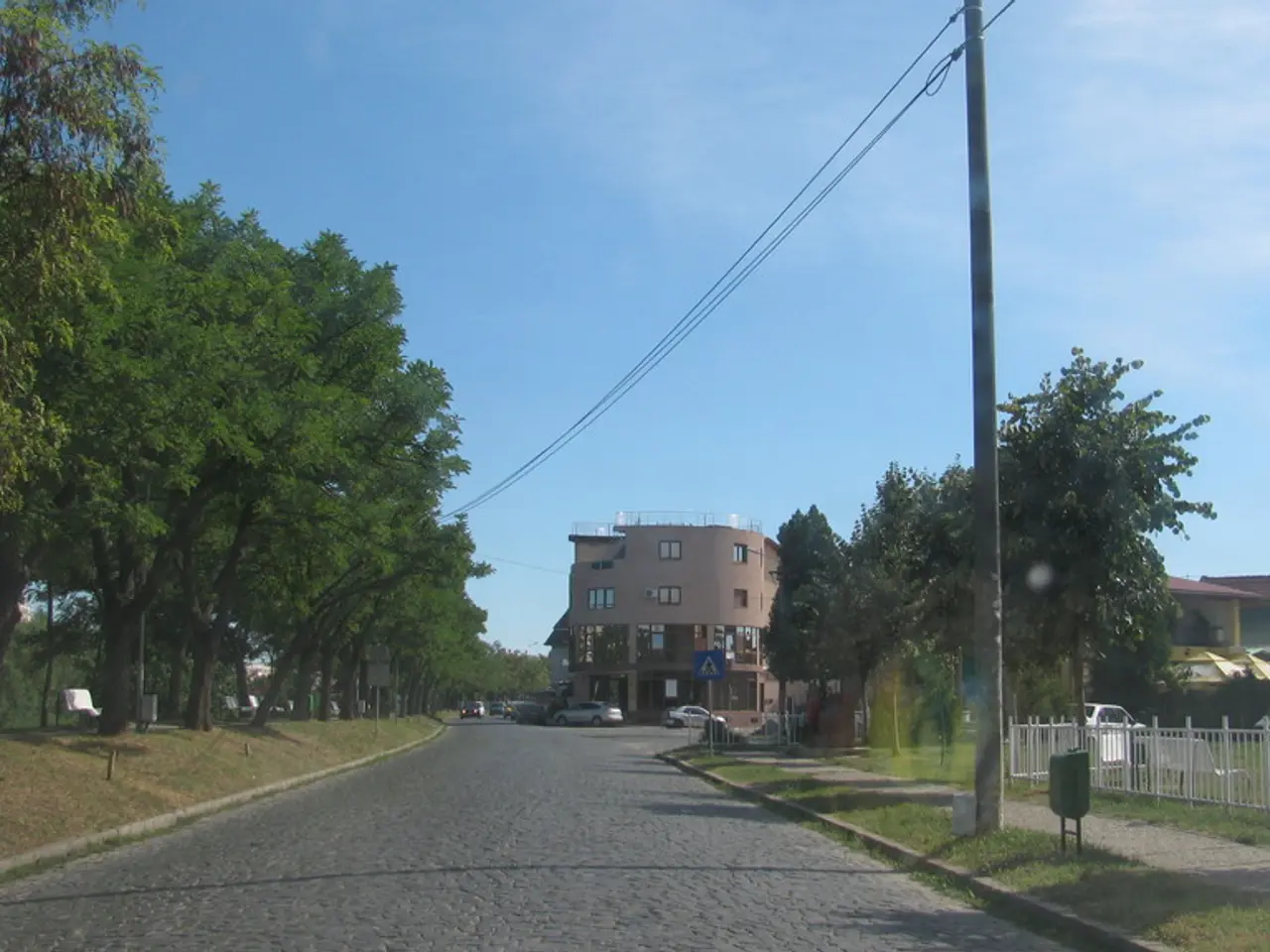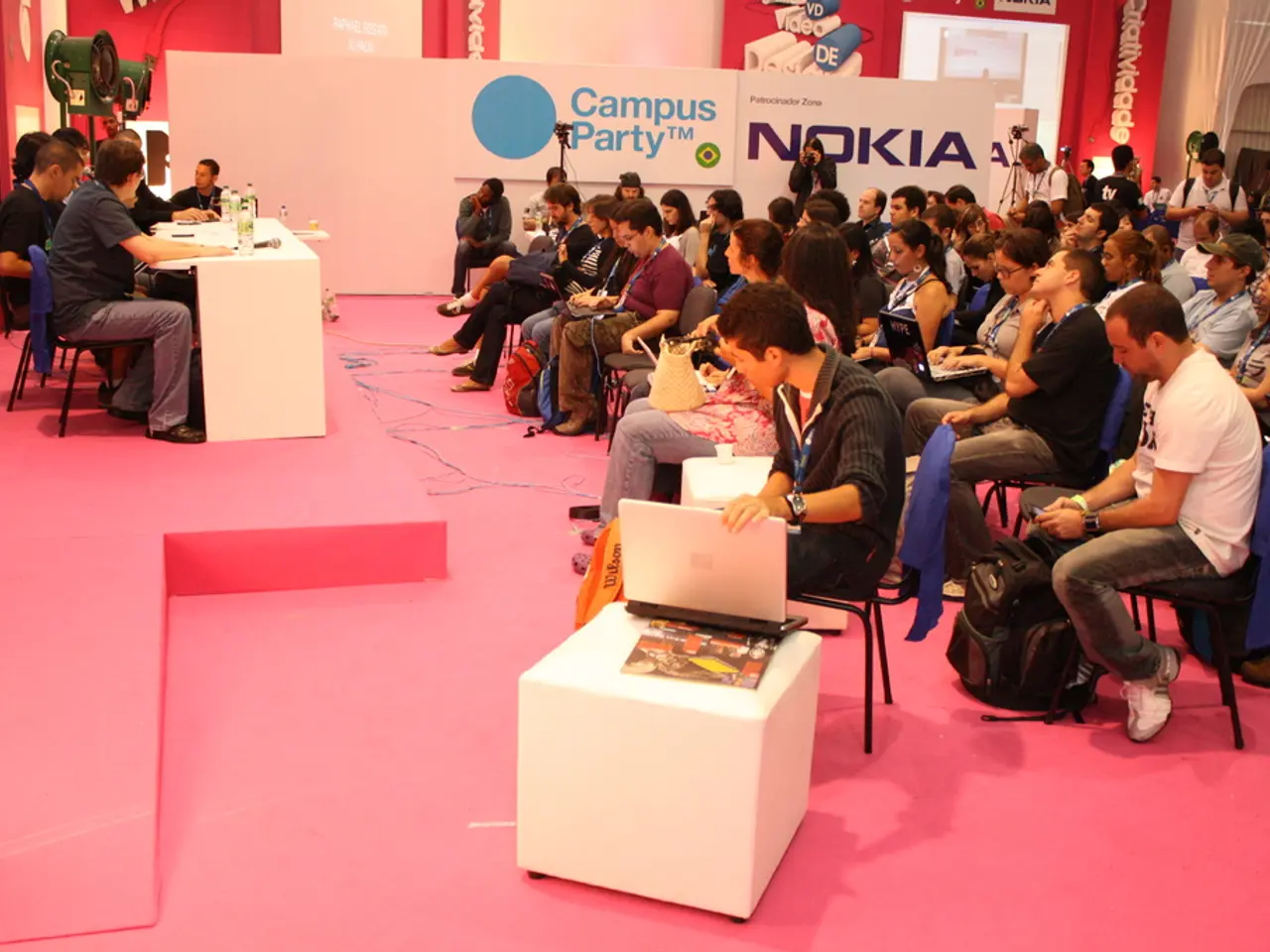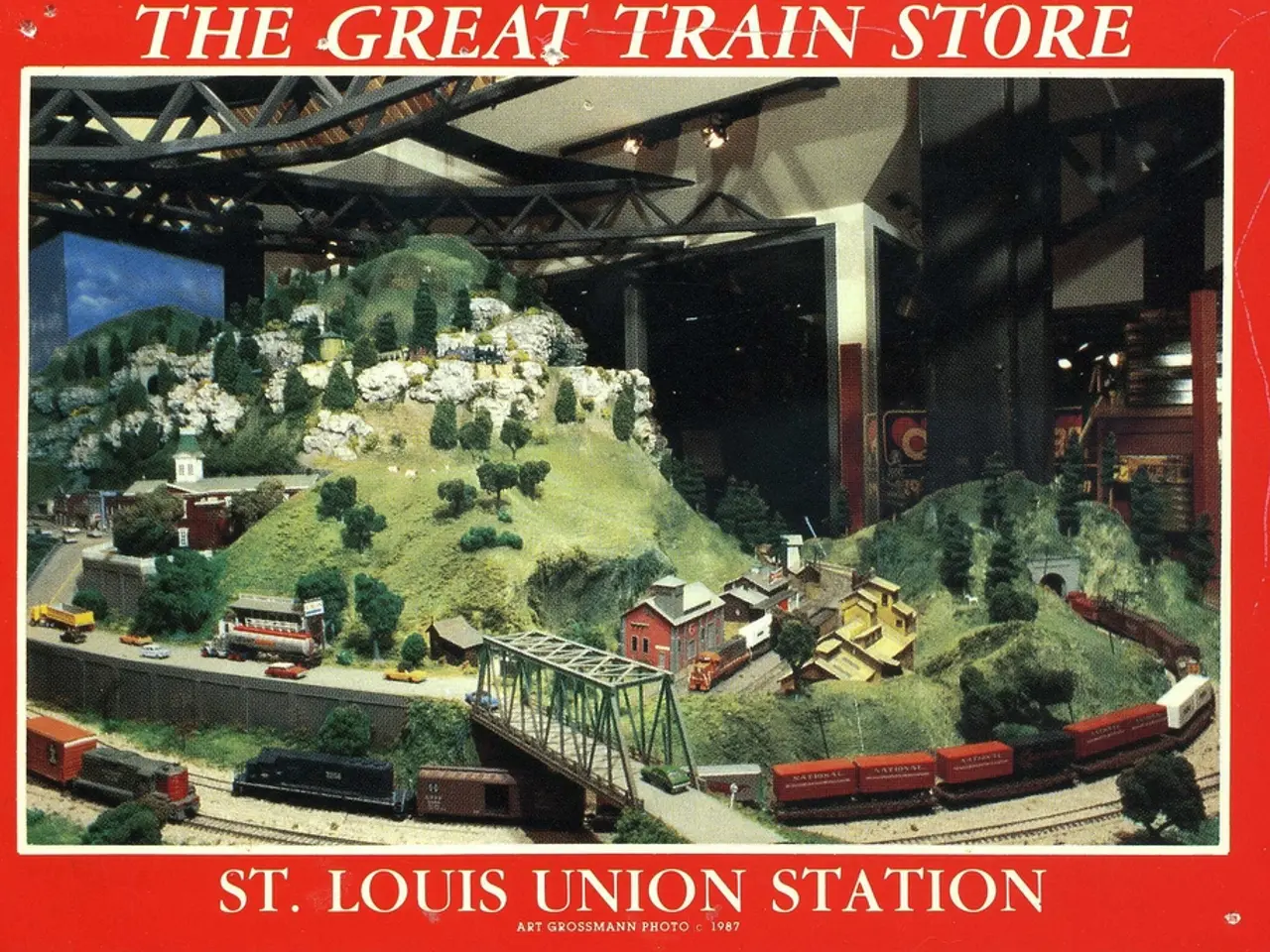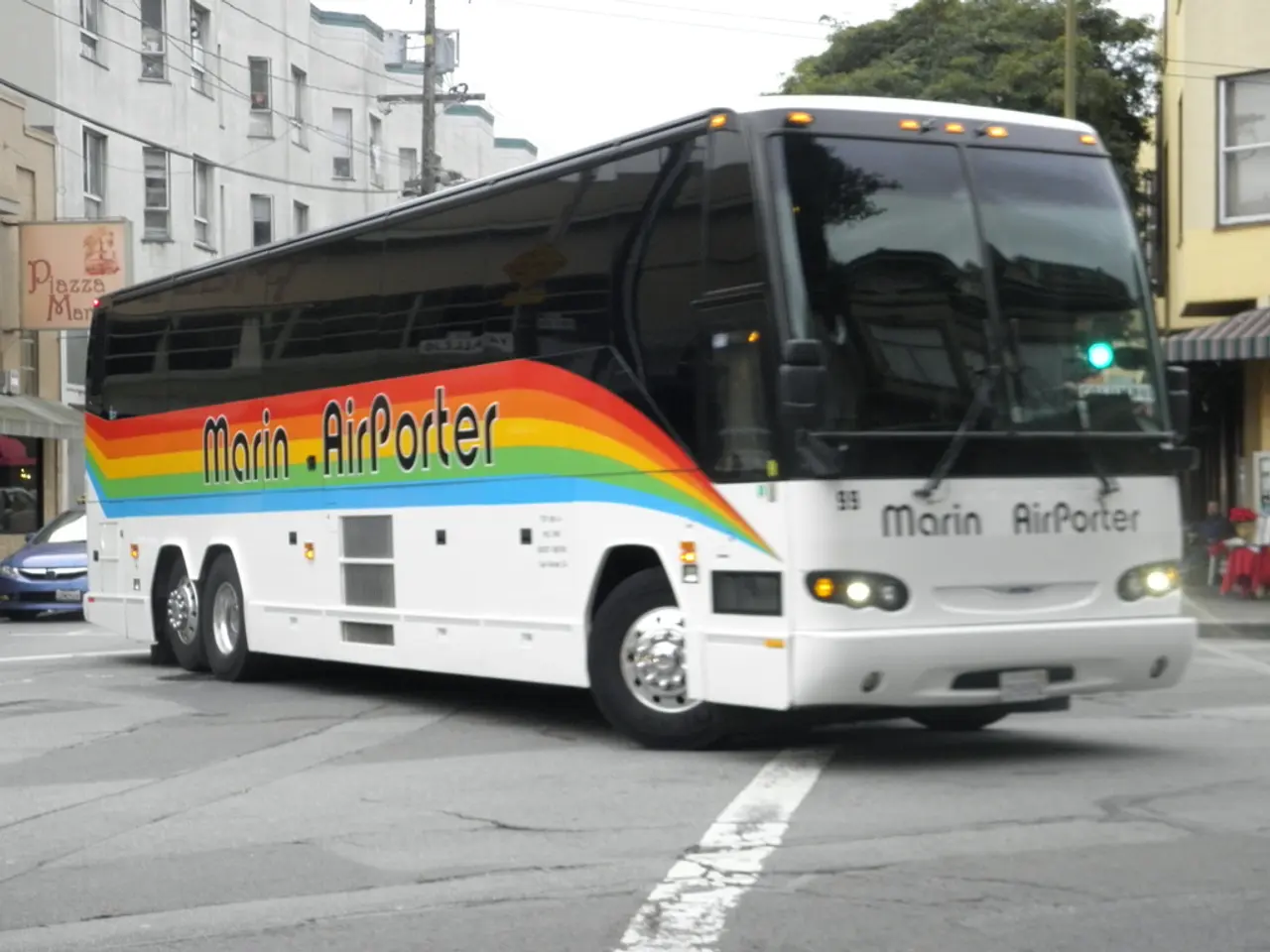Elon Musk discusses Tesla, characterizing the current phase as "an unusual transition period."
Tesla's Robotaxi Ambitions Face Regulatory and Technical Challenges
Tesla is pushing forward with its plans to launch a robotaxi service, with initial pilots set to begin in the San Francisco Bay Area as early as late July 2025. However, the company is facing several regulatory and technical hurdles that could impact the timeline and scalability of the service.
According to reports, Tesla has not yet applied for a California permit for driverless testing or deployment, and the California Public Utilities Commission has only granted a permit for employee transportation rather than public commercial robotaxi service. In other regions, such as Chicago, the company has indicated that robotaxi service will start only after safety testing and regulatory approval, with existing autonomous vehicle programs like Waymo’s footprint serving as a guide for regulatory acceptance.
The regulatory environment varies by region, requiring extensive certifications and permits. For instance, in Europe, Tesla must secure approvals from the Netherlands, then the EU and UNECE, which is a lengthy process. In China, updates to Full Self-Driving (FSD) require regulatory approval and retesting on each vehicle model, causing delays.
Technically, Tesla continues to advance its autonomous driving software, with plans for “FSD Unsupervised” in select U.S. cities by the end of 2025 and expansions planned contingent on regulatory clearance. The company has also demonstrated autonomous deliveries with speeds up to 72 mph, suggesting ongoing improvements in self-driving capabilities.
Elon Musk's history includes ambitious timing on autonomy that has often shifted or been delayed. While the company is making measurable progress and appears close to partial robotaxi deployment, challenges remain around regulatory approvals, safety validation, and scaling the service to fully driverless operations in multiple cities.
In addition to regulatory challenges, Tesla is also grappling with a "sustained uncertain macro-economic environment" due to shifting tariffs, unclear impacts from changes to fiscal policy, and political sentiment. Despite these challenges, Musk has forecast that half of the U.S. population will be covered by Tesla's Robotaxi service by the end of the year, a claim seen as impossible by analysts.
Tesla's ability to scale robotaxi service is also impacted by the need for a Tesla employee in each car during testing in Austin, TX. This is a major hurdle to scaling and not reflective of a true robotaxi service.
In terms of financials, Tesla's Q2 profits dropped by 23% due to falling vehicle sales and lower margins. However, the company's earnings of $0.40 per share (non-GAAP) were in line with Wall Street's expectations. Tesla's Q2 profits from services and other, including vehicle service and supercharging, increased to $3 billion in revenue for the quarter, up from $2.6 billion year-over-year. About half of the operating income came from regulatory credits sold to other OEMs, and Tesla charges more to non-Tesla BEV owners for using its charging network, which is helping to drive both revenue and profits.
In conclusion, Tesla's robotaxi ambitions are facing significant challenges, both in terms of regulation and technology. While the company is making progress, it remains to be seen whether it can overcome these hurdles and achieve its goal of widespread robotaxi deployment.
[1] Tesla Investor Day 2021 Presentation [2] Musk's Twitter account [3] Electrek [4] Chicago Tribune
- The autonomous driving industry, especially in the automotive sector, is closely linked with the technology and finance sectors, as regulatory approvals and safety concerns can significantly impact business operations and revenue.
- In the transportation sector, Tesla's ambitious robotaxi service, aimed at public commercial use, encounters varied regulatory challenges across different regions, necessitating extensive certifications and permits.
- In addition to the technical hurdles in developing autonomous driving software, procurement and operational costs associated with the supply chain could also play a crucial role in the success of Tesla's robotaxi business.
- Amidst these challenges, Tesla is focusing on expanding its services and other revenue streams, such as vehicle service, supercharging, and selling regulatory credits to other OEMs, to compensate for potential losses in vehicle sales due to regulatory uncertainties and economic instability.




